In the dynamic world of cryptocurrencies, stability is a rare commodity. However, Tether (USDT), one of the most popular stablecoins, seeks to provide exactly that—stability amidst a highly volatile market. USDT is a cryptocurrency that’s pegged to the value of traditional fiat currencies like the US dollar, making it an essential part of the crypto trading ecosystem. In this article, we will explore the origins of USDT, how it works, its use cases, the platforms that support it, and the future of this stablecoin.
What is USDT?
USDT, also known as Tether, is a type of cryptocurrency called a stablecoin. Stablecoins are designed to maintain a steady value by being pegged to traditional currencies like the US dollar (USD), euro (EUR), or Japanese yen (JPY). The value of one USDT is approximately equal to one US dollar, though minor fluctuations may occur.
Launched in 2014 by Tether Limited, USDT was created with the aim of bridging the gap between fiat currencies and cryptocurrencies by providing the price stability of fiat currencies with the flexibility of digital assets. This has made USDT a popular choice among traders and investors, especially those who want to avoid the high volatility of cryptocurrencies like Bitcoin or Ethereum.
How Does USDT Work?
USDT is backed by reserves of fiat currency held by Tether Limited. For every USDT issued, Tether claims to hold an equivalent amount of the currency to which it is pegged in reserves. For example, if 1 million USDT are in circulation, Tether Limited should theoretically have $1 million in reserve to back it up. This ensures that USDT can be redeemed for its equivalent value in fiat currency at any time.
Tether is built on various blockchain platforms, including:
- Bitcoin’s Omni Layer: USDT initially launched on the Bitcoin blockchain using the Omni Layer protocol, a platform for creating and trading custom digital assets.
- Ethereum (ERC-20): USDT also exists on the Ethereum blockchain as an ERC-20 token, which allows it to be used within Ethereum’s ecosystem.
- TRON (TRC-20): In addition to Bitcoin and Ethereum, USDT is also available on the TRON network, enabling faster transactions and lower fees.
The multi-blockchain approach helps Tether stay versatile and compatible with a wide range of decentralized applications (dApps) and wallets.
The Use Cases of USDT
USDT’s stability and liquidity make it one of the most widely used cryptocurrencies in the market. Its use cases include:
- Trading: USDT is primarily used by cryptocurrency traders to hedge against market volatility. Traders can easily convert their volatile crypto assets into USDT to protect their investments during periods of market downturn.
- Cross-border Payments: USDT can be used for fast and inexpensive cross-border transfers, especially in countries with strict regulations on the movement of money.
- DeFi and dApps: USDT is an essential part of decentralized finance (DeFi) applications, allowing users to earn interest, provide liquidity, and trade without worrying about price fluctuations.
- Remittances: USDT is increasingly being used for remittances, allowing individuals to send money across borders quickly and without the need for traditional banking systems.
Platforms That Support USDT
USDT is one of the most widely supported cryptocurrencies across different exchanges, wallets, and platforms. Some of the most prominent platforms that support USDT include:
- Binance: Binance is one of the largest cryptocurrency exchanges globally and supports multiple trading pairs with USDT. Users can easily convert other cryptocurrencies into USDT and vice versa.
- Coinbase: Although primarily known for supporting more traditional cryptocurrencies like Bitcoin and Ethereum, Coinbase also supports USDT, allowing users to trade and hold the stablecoin.
- Kraken: Kraken is another popular exchange that supports USDT trading, particularly for users looking to pair USDT with cryptocurrencies such as Bitcoin, Ethereum, and others.
- Bitfinex: Tether’s relationship with Bitfinex, one of the largest cryptocurrency exchanges, is particularly strong. Bitfinex supports a wide variety of USDT pairs and is a major player in the Tether ecosystem.
- KuCoin: Known for supporting numerous altcoins, KuCoin also allows users to trade USDT with a wide variety of cryptocurrencies.
- Huobi: A global exchange with a significant user base in Asia, Huobi supports USDT as a stable trading option across its platform.
- TRON Wallets: As USDT exists on the TRON blockchain as a TRC-20 token, wallets supporting TRON tokens, such as TronLink, also support USDT.
Currencies That Can Be Exchanged with USDT
USDT can be exchanged for nearly all popular cryptocurrencies and many fiat currencies. Some of the most commonly traded pairs include:
- USDT/BTC: Bitcoin is frequently traded against USDT to provide traders with a stable value alternative during price fluctuations.
- USDT/ETH: Ethereum and USDT pairings are widely used across many platforms due to the popularity of both assets.
- USDT/LTC: Litecoin, being a popular cryptocurrency with fast transaction speeds, is often paired with USDT.
- USDT/XRP: Ripple’s XRP is another cryptocurrency that traders commonly exchange for USDT.
- USDT/fiat currencies: USDT can also be exchanged for traditional currencies like USD, EUR, and JPY on exchanges that support fiat trading pairs.
The USDT Project and Its Controversies
USDT has been the subject of controversy since its inception, particularly regarding its transparency. Tether Limited has faced criticism and legal challenges over its claims that every USDT is fully backed by an equivalent amount of fiat currency. Critics argue that Tether has not provided sufficient proof of its reserves, which raises concerns about the true stability of the currency.
In 2021, Tether settled a lawsuit with the New York Attorney General’s office, which accused Tether of misleading the public about its reserves. The company agreed to provide more transparency about its financial reserves and operations, and it regularly releases attestations from third-party accounting firms.
Despite these challenges, USDT remains a critical player in the cryptocurrency market. Its daily trading volume often surpasses that of Bitcoin, and it is widely accepted across major exchanges, lending platforms, and wallets.
The Future of USDT
As more stablecoins enter the market, USDT faces increasing competition. Other stablecoins like USD Coin (USDC), Dai (DAI), and Binance USD (BUSD) are also gaining popularity due to their transparency and regulatory compliance.
However, USDT’s position as the first and most widely used stablecoin gives it a significant advantage. Its multi-blockchain approach, widespread adoption, and continuous efforts to improve transparency could help Tether maintain its leading position in the stablecoin market.
In addition, Tether is exploring ways to expand its operations, including issuing USDT on new blockchains and developing partnerships with financial institutions to facilitate the use of USDT in traditional finance.
On The End
USDT has played a vital role in the cryptocurrency ecosystem by offering a stable alternative to the volatility of traditional cryptocurrencies. Its widespread use in trading, DeFi, remittances, and cross-border payments has cemented its place as one of the most important stablecoins in the market. Despite facing controversies and competition from other stablecoins, Tether’s USDT remains a valuable tool for traders and investors seeking stability in the fast-paced world of digital assets.
As the cryptocurrency market continues to grow and evolve, USDT will likely remain a critical part of the ecosystem, providing a bridge between the world of fiat currencies and the decentralized future of blockchain technology.


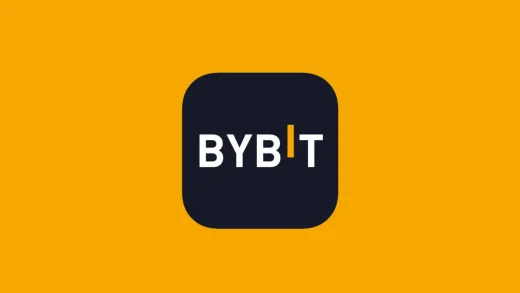


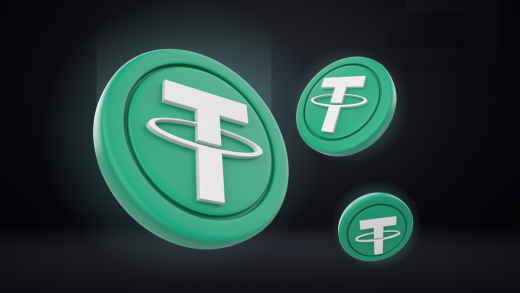
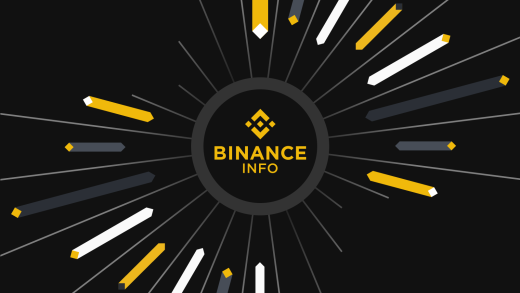


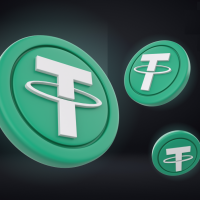
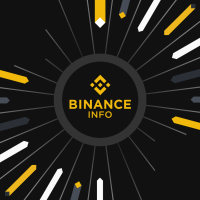




Ff
احلي مطور ف الدنيا
Good